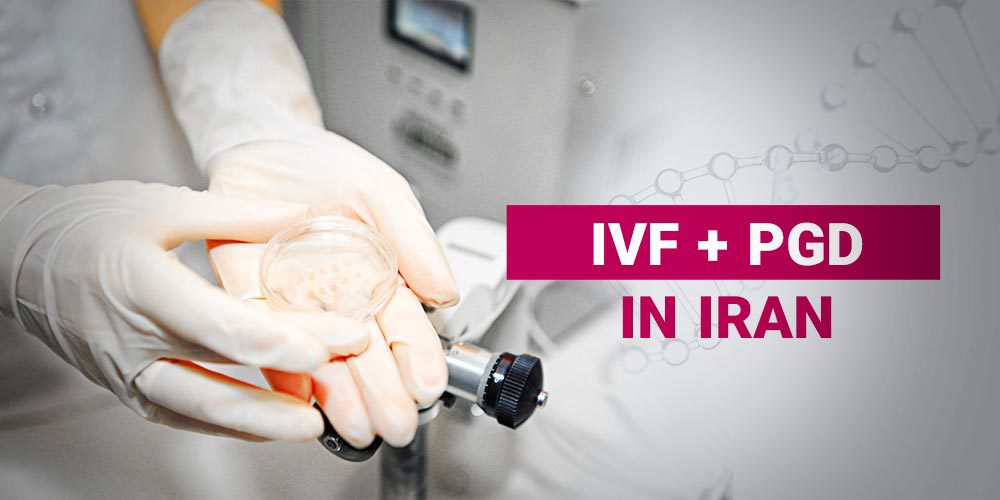
Infertility is a challenge that many couples face on their journey to building a family. Treating known fertility issues is often the first step to helping couples achieve a successful pregnancy. In Iran, these treatments are performed with advanced techniques and the expertise of skilled specialists. For couples dealing with more complex conditions, advanced solutions like IVF+PGD in Iran are also available as highly effective options.
Treatments for addressing known fertility problems include:
While these treatments often lead to success, some couples require advanced options like IVF (In Vitro Fertilization) and PGD (Preimplantation Genetic Diagnosis). With these methods, embryos created through IVF are carefully screened for genetic disorders to ensure a healthy pregnancy and reduce the risk of passing hereditary conditions to the next generation.
IVF+PGD in Iran is a leading choice for couples worldwide, offering state-of-the-art medical facilities, experienced specialists, and affordable costs. This article will guide you through these advanced techniques, helping you take the first step toward building a happy and healthy family.
To explore more about our services and customized infertility treatment options, visit our Infertility Treatment Packages in Iran.
Many people who plan to have a baby through IVF often wonder about these questions. Understanding the relationship between IVF and PGD can feel like solving a tricky puzzle—but don’t worry, we’re here to simplify it for you!
To reduce the risk of passing on inherited diseases, Preimplantation Genetic Diagnosis (PGD) is performed alongside In Vitro Fertilization (IVF). PGD is a specialized laboratory procedure that helps identify genetic disorders in embryos before they are implanted. This technique is particularly useful for intended parents seeking to minimize the chances of genetic conditions and, in some cases, for gender selection.
It’s important to note that, despite its advanced capabilities, PGD cannot diagnose all genetic-related conditions—such as autism. However, it remains a revolutionary tool in ensuring healthier pregnancies and reducing genetic risks.
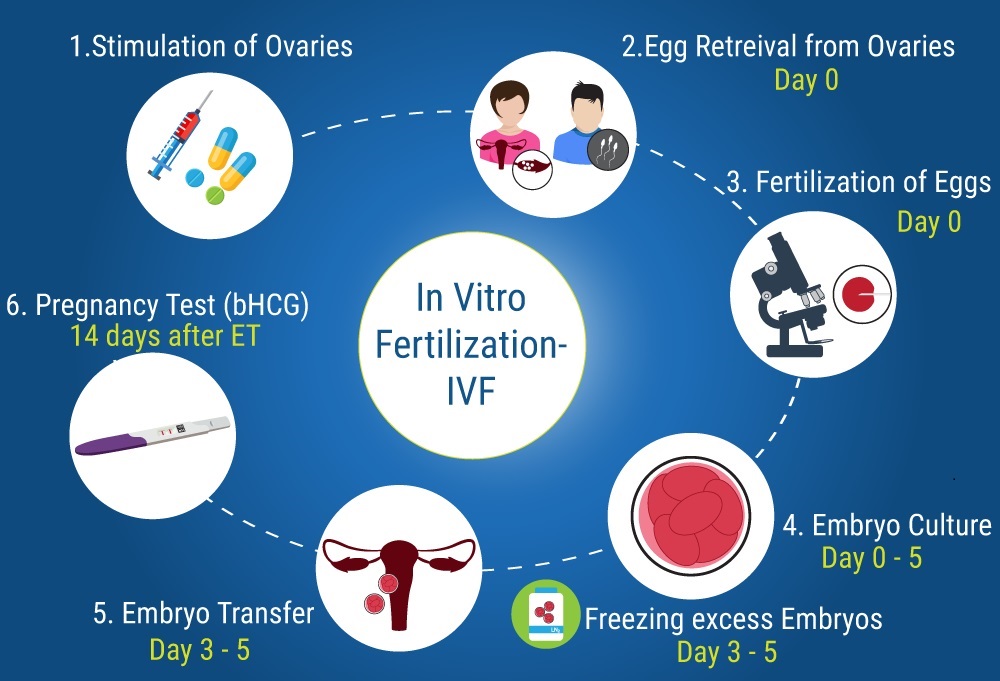

In today’s globalized world, medical treatments like IVF + PGD are available in many countries. However, every year, numerous patients travel to Iran for this treatment due to the combination of high-quality services and significantly lower costs. The cost of IVF + PGD in Iran is, on average, one-fourth of what it costs in other countries, while the quality matches that of leading nations like the USA and Germany.
Here’s a comparison of the average cost of IVF + PGD in Iran with other countries:
These statistics highlight why Iran is a top destination for IVF + PGD. Patients not only benefit from affordable prices but also receive care at internationally recognized standards. If you’re considering IVF + PGD, Iran offers an unmatched combination of cost-effectiveness and quality.
In vitro fertilization (IVF) has become the most widely used and successful infertility treatment worldwide, enabling hundreds of thousands of couples to experience the joy of parenthood. This groundbreaking procedure has brought hope to those who would otherwise remain childless.
Standard IVF involves several steps, including stimulating the ovaries to produce multiple eggs, collecting those eggs, and fertilizing them with the partner’s sperm in a laboratory setting. Many of the fertilized eggs develop into embryos, which are then transferred to the female partner’s uterus. The embryo transfer typically occurs either 2–3 days or 5–6 days after fertilization, depending on the clinic’s protocol and the specific circumstances of the patient.
Different countries have varying regulations regarding the number of embryos that can be transferred in one IVF cycle. Many countries are reducing the number of embryos transferred to minimize the risk of multiple births, which can lead to complications for both the mother and the babies. In Iran, the process of IVF + PGD is performed under strict medical guidelines, offering a balance between patient safety and treatment success. This approach ensures a high success rate while prioritizing the health of the mother and child.
If you're curious about how different countries regulate gender selection alongside IVF and PGD, be sure to check out our detailed article on Gender Selection Rules. It provides insights into the policies and practices worldwide, helping you make informed decisions.
A range of IVF options is available to meet the unique needs of different patients:
In Vitro Fertilization (IVF) has become so commonly known that the phrase "test tube babies" is rarely used anymore. Babies born through IVF are the result of fertilization outside the mother's body. While "in vitro" literally means "in glass," most modern IVF cycles now take place in laboratory-grade plastic equipment.
The procedures for in vitro fertilization (IVF) can vary significantly between countries due to differing regulations and even between fertility clinics within the same country. Additionally, several types of IVF techniques may be used to increase success rates. Generally, a complete IVF cycle takes approximately 25 days, typically beginning on the third day of the woman’s natural menstrual cycle. The process involves the following steps:

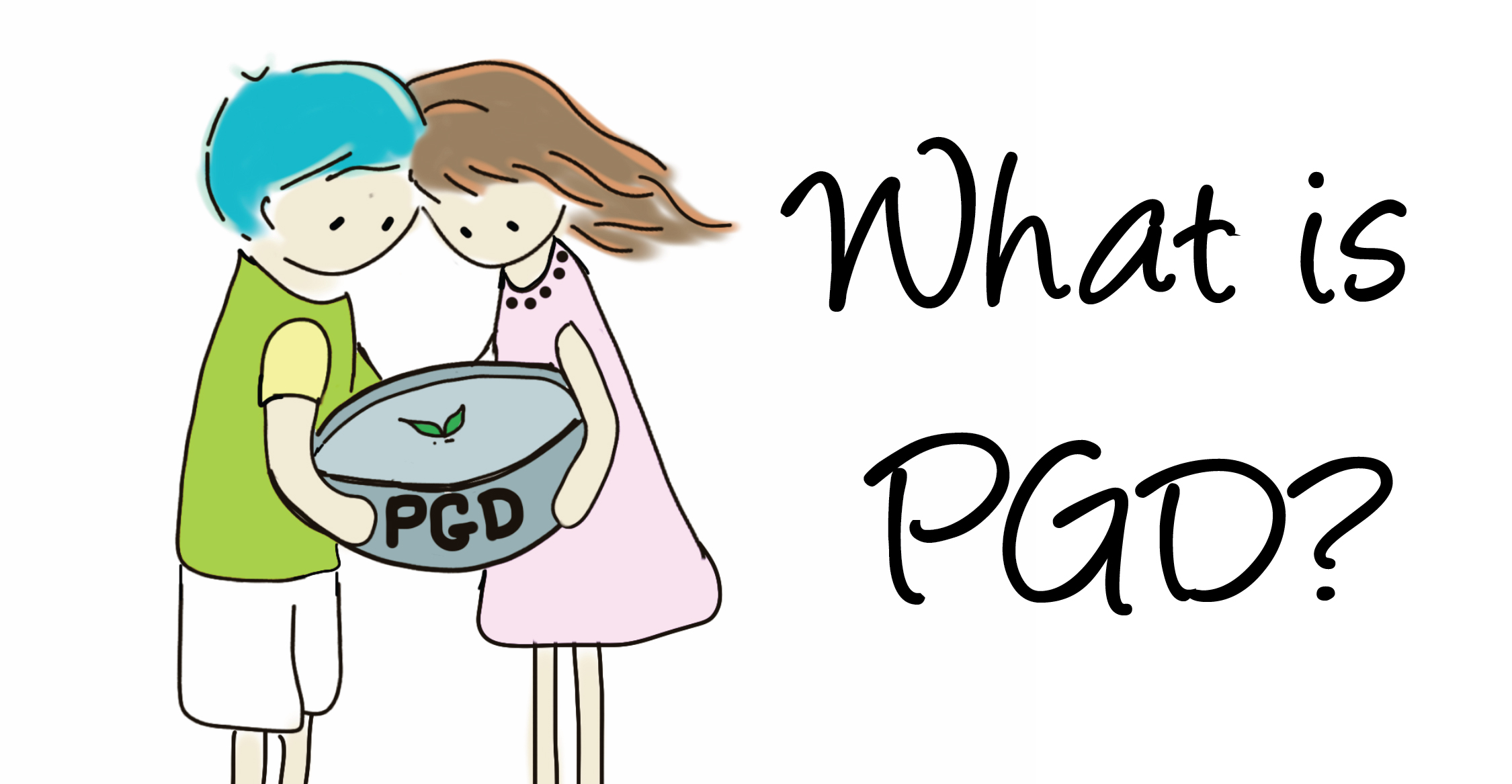
PGD is a specialized procedure that involves testing the genes or chromosomes of embryos for specific genetic conditions. Since this testing requires embryos to be analyzed in a laboratory, IVF is necessary, even if you and your partner do not have fertility issues. Once the embryos are tested and confirmed to be free from the targeted condition, they are transferred into the uterus with the hope of developing into a healthy pregnancy.
For detailed information about our infertility treatment plans, check out our Infertility Treatment Packages in Iran page.
Your doctor may recommend PGD in the following situations:
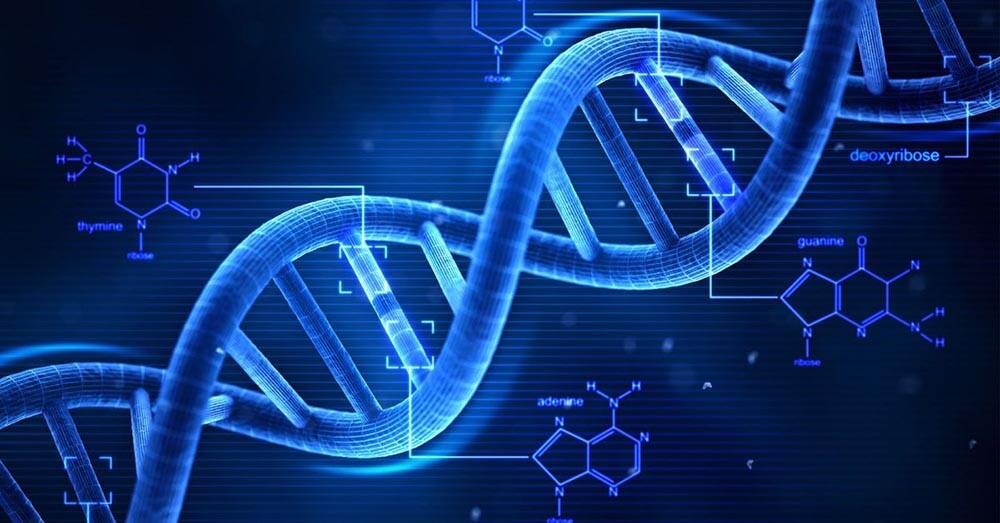
If there’s a genetic condition you wish to test for that isn’t currently approved, your clinic can apply to the relevant authorities to have it added to the PGD testing list. However, this process is subject to strict criteria for determining which conditions are eligible for testing. Keep in mind that the application process can be lengthy, and approval is not guaranteed.
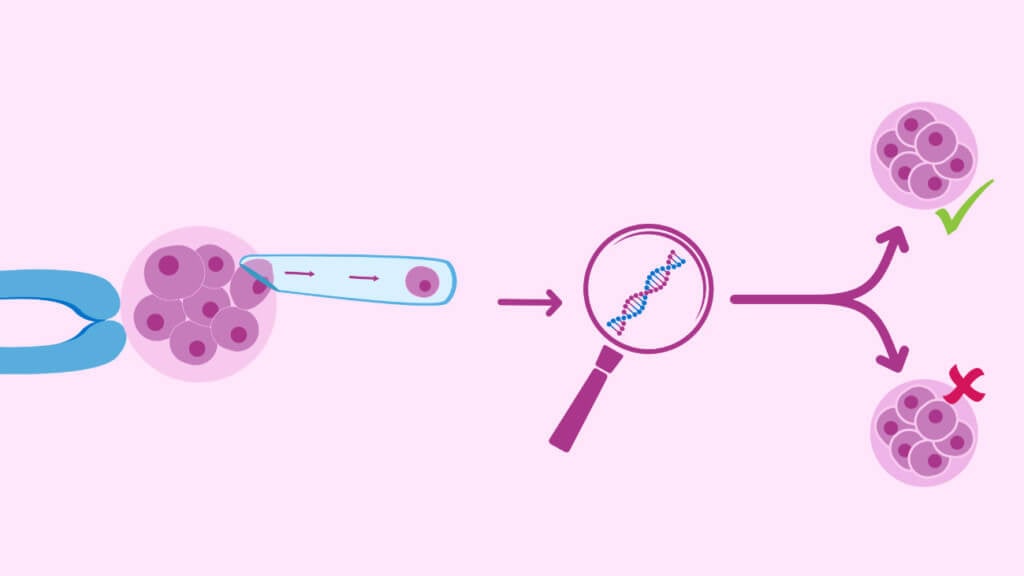
PGD is a procedure designed to help couples with specific inherited conditions in their family prevent passing those conditions to their children. By incorporating genetic testing into the IVF process, PGD allows prospective parents to avoid having a child with a significant genetic disorder. The typical PGD treatment cycle consists of the following steps:
To produce embryos for genetic testing, the ovaries are stimulated with hormones to generate multiple eggs simultaneously. This is crucial as a significant portion of a couple's embryos may carry genetic or chromosomal defects, and creating multiple embryos increases the chances of success.
Egg retrieval is performed at the appropriate time through a procedure where the eggs are extracted from the ovaries. Once retrieved, the eggs are examined to ensure they are mature and appear normal. If you require egg donation, we at TebMedTourism provide this service with the highest standards of care and professionalism.
Learn more about this option by visiting our dedicated page on Egg Donation.
Fertilization can occur in one of two ways:
This is a critical and exciting phase in the PGD process. Fertilized eggs are cultured in the lab for 5–6 days, during which they develop into blastocysts (embryos with about 100–150 cells). At this stage, a trophectoderm biopsy is performed, where cells destined to form the placenta are carefully removed for genetic testing.
This highly specialized procedure requires the expertise of skilled embryologists to ensure the embryo remains unharmed. Although studies indicate that repeated biopsies do not negatively affect implantation or pregnancy rates, recent research suggests that trophectoderm biopsies may slightly increase the risk of hypertensive disorders of pregnancy (HDP) in frozen embryo transfer (FET) cycles. Despite this potential risk, trophectoderm biopsy remains the preferred method due to its precision and ability to provide accurate genetic information.
By comparison, blastomeric biopsy, an older technique, involves removing cells directly from the embryo itself. While both methods demonstrate similar success rates, trophectoderm biopsy has become the method of choice as it is less invasive to the embryo and delivers reliable results.
Trophectoderm biopsy continues to play a vital role in ensuring the success of PGD, allowing intended parents to take a significant step toward a healthy pregnancy and a brighter future.
The extracted cells are analyzed to determine whether the embryo carries the genetic anomaly being screened for.
Only embryos that test negative for the specific genetic disorder are transferred into the woman’s uterus. To minimize the risk of multiple births, typically only one embryo is transferred per cycle. Any remaining healthy embryos are frozen for future use, while embryos with genetic anomalies may either be discarded or donated for research and training purposes.
A pregnancy test is performed 12 days after the embryo transfer. A positive result confirms successful implantation of the embryo, marking the success of the PGD process.
Analyzing embryos before transferring them into the intended mother’s body is crucial for parents facing the following situations:
In the PGD process, embryos are cultured in the lab for five to six days after fertilization. On days five or six, all properly developed embryos undergo a biopsy to test for genetic or chromosomal abnormalities.
Research indicates that the success rate of PGD can be assessed from two main perspectives:

At TebMedTourism, we explain why IVF PGD in Iran is an excellent choice for couples seeking fertility treatments. Iran is one of the most advanced and successful countries in infertility treatments, standing out as a hub for high-quality and cost-effective healthcare services. Additionally, Iran is recognized as a low-cost vacation destination, making it even more attractive for medical tourists.
Iranian hospitals and clinics utilize state-of-the-art surgical equipment and advanced laboratories, ensuring improved patient outcomes and satisfaction. With highly qualified physicians and modern facilities, Iran has become one of the most popular destinations for fertility treatments among European and Asian alternatives.
Yes, PGD is completely legal in Iran. Fertility treatments such as IVF, PGD/PGS/NGS, gender selection, and other reproductive methods are ethically, morally, and lawfully permitted. Despite challenges faced by healthcare facilitators like TebMedTourism, there are no legal barriers to offering PGD and related services in Iran.
The process of IVF PGD in Iran is similar to that in other countries but with a key distinguishing feature: high accuracy and a superior success rate. Iran is renowned for its exceptional healthcare system, highly educated medical professionals, and remarkable PGD treatment outcomes.
By employing advanced Assisted Reproductive Technology (ART) techniques, Iranian IVF specialists significantly improve implantation rates and the likelihood of a successful pregnancy. For example, preimplantation genetic screening (PGS) allows specialists to identify chromosomal defects in embryos before implantation. By selecting the healthiest embryos for transfer, these techniques boost success rates and ensure optimal outcomes.
There is a strong connection between IVF PGD and a higher IVF success rate. On average, PGD achieves 99% accuracy in detecting genetic problems. Early detection of genetic issues using PGD, PGS, or NGS methods significantly increases the success rate of IVF treatments. Moreover, the ability to perform gender selection and select the healthiest embryos further improves pregnancy success rates, making IVF PGD in Iran a reliable choice for couples.
Choosing the right clinic is the first and most crucial step in your infertility treatment journey. The key factors to consider when selecting a fertility center include:
At TebMedTourism, we help you select the best IVF PGD centers in Iran, ensuring you receive high-quality care from accredited facilities with experienced professionals.
The average cost of IVF PGD in Iran is approximately $6,000, making it far more affordable than in many other countries. While PGD is considered very safe, there are a few risks associated with the IVF process itself, such as potential damage to embryos during cell removal. However, research shows no evidence that babies born after PGD face more health or developmental issues than those born via IVF alone.
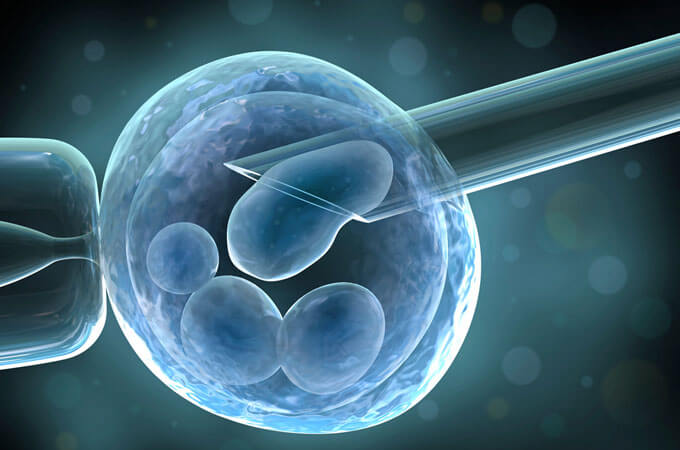
The success of PGD, like most fertility treatments, depends on various factors, including the woman’s age and the presence of any existing fertility issues. While PGD is a relatively rare procedure, data provides promising insights into its success rates.
In 2016, there were 712 treatment cycles of PGD:
Although these numbers are based on limited data, they highlight the potential of PGD to significantly improve the likelihood of a successful pregnancy, particularly when combined with advanced fertility treatments like IVF.

Unfortunately, in some cases, there may be no embryos suitable for transfer to the womb. This can happen for several reasons:
When faced with such situations, IVF with Egg Donation in Iran offers a reliable alternative. With access to highly qualified donors and advanced medical facilities, Iran provides safe and effective egg donation services, giving intended parents renewed hope in their journey toward parenthood.
Building a family is one of life’s greatest dreams, but for many couples, challenges like infertility and genetic concerns can make this journey difficult. With PGD in Iran, couples are empowered to overcome these obstacles through advanced technology, expert care, and unparalleled affordability. Iran has established itself as a global leader in fertility treatments, offering state-of-the-art clinics, highly trained specialists, and success rates that rival the best in the world—all while maintaining costs that are significantly lower than other countries.
Whether you’re seeking to prevent genetic disorders, pursue gender selection, or simply improve your chances of a healthy pregnancy, PGD in Iran provides a safe, reliable, and effective solution. At TebMedTourism, we are committed to guiding you every step of the way, helping you make informed decisions and ensuring a seamless experience. Let Iran be the destination where your dreams of parenthood become reality.

Comments & Questions